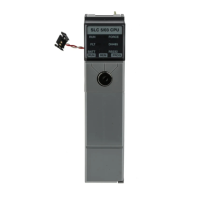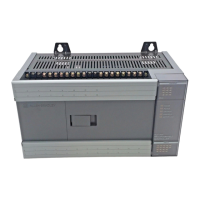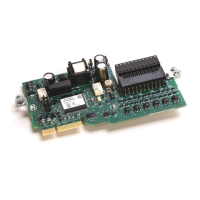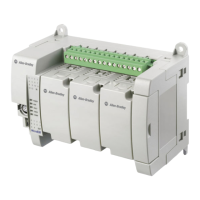Publication 1752-UM001A-EN-P - October 2006
64 Configure Your Controller for DeviceNet Communications
7. Set the Advanced Safety Connection Properties (if required).
• Timeout Multiplier – The Timeout Multiplier determines the
number of RPIs to wait for a packet before declaring a
connection timeout. This translates into the number of
messages that may be lost before a connection error is
declared. For example, a Timeout Multiplier of 1 indicates
that messages must be received during every RPI interval. A
Timeout Multiplier of 2 indicates that 1 message may be lost
as long as at least 1 message is received in 2 times the RPI
(2 x RPI).
• Network Delay Multiplier – The Network Delay Multiplier
defines the message transport time that is enforced by the
communications protocol. The Network Delay Multiplier
specifies the round trip delay from the producer to the
consumer and back to the producer. You can use the
Network Delay Multiplier to reduce or increase the
Connection Reaction Time Limit in cases where the enforced
message transport time is significantly less or more than the
RPI.
8. Save your configuration in RSNetWorx for DeviceNet software
by choosing File>Save.
Set Up the Controller as a
Safety Slave
As a safety slave, the controller can perform safety I/O communication
with a maximum of 4 connections, using up to 16 bytes per
connection. These connections can be either single-cast or multi-cast.
However, for one multicast connection, the total number of masters
that can be communicated with is 15.
For the SmartGuard controller to perform safety I/O communications
as a safety slave, safety slave I/O data must be created and safety I/O
connections must be configured in the safety master.
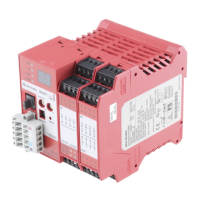
